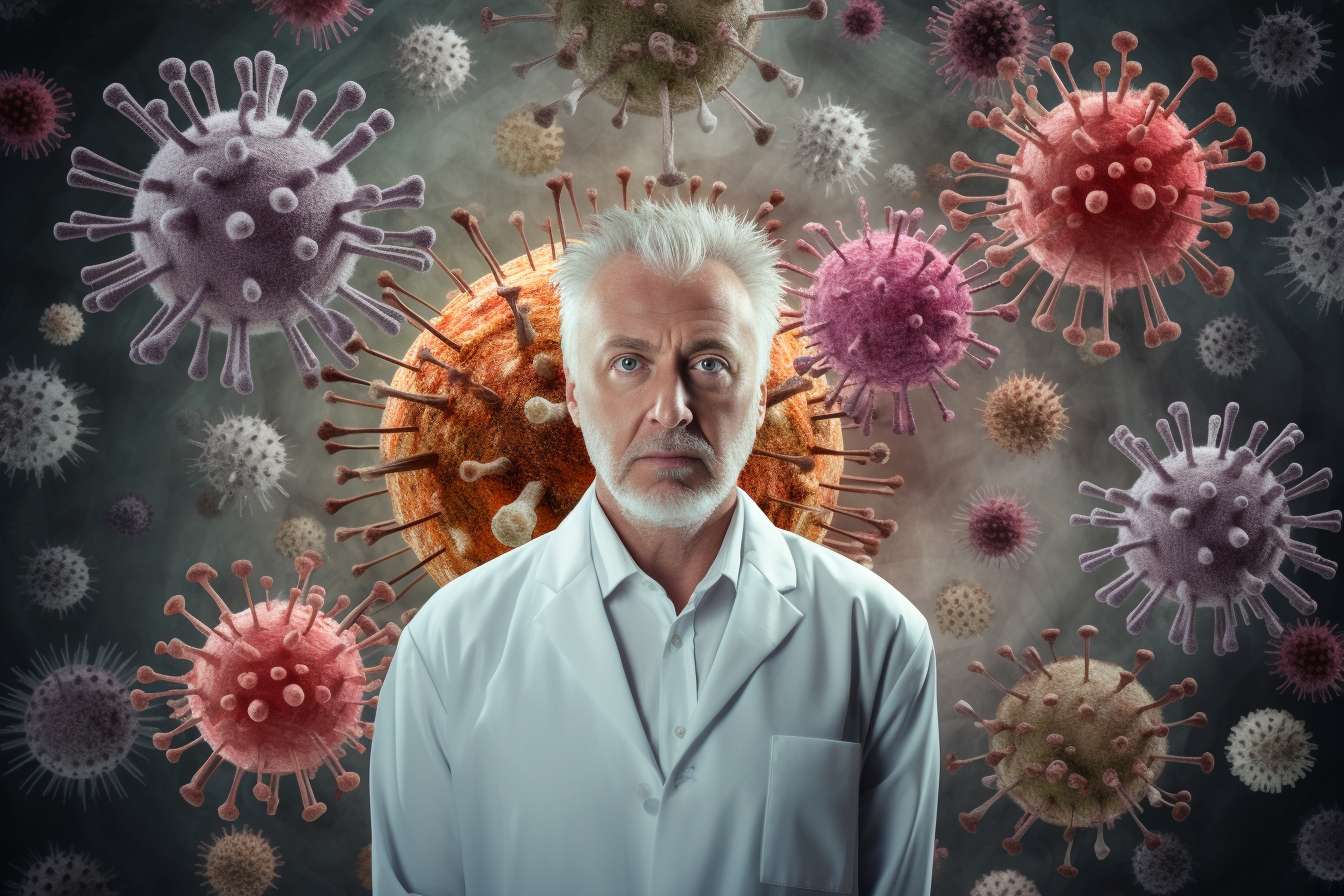The truth about HIV: What you need to know in 2025
Human Immunodeficiency Virus (HIV) continues to be a global health concern, but significant advancements in treatment and prevention have transformed the landscape of HIV care. As we enter 2025, it's crucial to understand the latest developments in HIV treatment, risk factors, and early detection. This article will explore the current state of HIV, providing you with essential information to stay informed and protected.

What are the latest advancements in HIV treatment?
In 2025, HIV treatment has evolved dramatically. Antiretroviral therapy (ART) remains the cornerstone of HIV management, but newer medications offer improved efficacy and fewer side effects. Long-acting injectable treatments, administered monthly or bi-monthly, have gained popularity, enhancing medication adherence. Gene therapy approaches show promise in clinical trials, potentially offering a functional cure for some individuals. Additionally, pre-exposure prophylaxis (PrEP) has become more accessible and effective, significantly reducing the risk of HIV transmission.
How has HIV prevention evolved in recent years?
HIV prevention strategies have expanded beyond traditional methods. While condoms and regular testing remain crucial, new tools have emerged. PrEP is now available in various forms, including daily pills, long-acting injectables, and vaginal rings. Post-exposure prophylaxis (PEP) has become more widely available and can be started within 72 hours of potential exposure. Public health campaigns focusing on U=U (Undetectable = Untransmittable) have helped reduce stigma and encourage early treatment, as individuals with undetectable viral loads cannot transmit HIV sexually.
What leads to HIV? These 3 hidden risk factors may surprise you
While unprotected sexual contact and sharing needles are well-known risk factors, some lesser-known factors can increase HIV risk:
-
Certain sexually transmitted infections (STIs): Having an untreated STI, particularly those causing genital ulcers, can increase HIV transmission risk.
-
Intimate partner violence: Individuals in abusive relationships may have less control over their sexual health and prevention methods.
-
Socioeconomic factors: Poverty, lack of access to healthcare, and limited education can indirectly increase HIV risk by reducing access to prevention and treatment resources.
Understanding these hidden risk factors can help individuals make informed decisions about their health and seek appropriate support and resources.
From infection to consequences: how HIV silently affects your body
HIV’s impact on the body begins shortly after infection, often without noticeable symptoms. The virus targets CD4 T cells, crucial components of the immune system. Over time, without treatment, HIV can lead to:
-
Weakened immune function, increasing susceptibility to opportunistic infections
-
Chronic inflammation, affecting various organ systems
-
Increased risk of certain cancers
-
Neurological complications, including cognitive impairment
-
Cardiovascular disease and bone density loss
Early diagnosis and treatment can prevent or minimize these consequences, highlighting the importance of regular testing and prompt initiation of ART.
Can you recognize the early signs of HIV?
Early HIV symptoms can be subtle and easily mistaken for other illnesses. Common signs that may appear 2-4 weeks after infection include:
-
Fever and chills
-
Fatigue
-
Sore throat
-
Swollen lymph nodes
-
Rash
-
Muscle and joint pain
-
Night sweats
It’s important to note that many people experience no symptoms at all. The only reliable way to diagnose HIV is through testing. If you suspect exposure or experience these symptoms, seek medical attention and get tested promptly.
What are the current treatment options and their effectiveness?
HIV treatment has made remarkable strides, offering multiple effective options:
| Treatment Type | Administration | Effectiveness | Key Benefits |
|---|---|---|---|
| Standard ART | Daily pills | Highly effective | Well-established, multiple options |
| Long-acting injectables | Monthly/bi-monthly injections | Highly effective | Improved adherence, fewer pills |
| Investigational therapies | Varies (clinical trials) | Promising results | Potential for functional cure |
| PrEP | Daily pill or long-acting options | Up to 99% effective in preventing HIV | Empowers individuals at risk |
Prices, rates, or cost estimates mentioned in this article are based on the latest available information but may change over time. Independent research is advised before making financial decisions.
The effectiveness of HIV treatment has dramatically improved life expectancy and quality of life for people living with HIV. With proper adherence to ART, individuals can achieve and maintain an undetectable viral load, preventing transmission and living healthy lives. The choice of treatment depends on individual factors, including medical history, lifestyle, and personal preferences, and should be made in consultation with healthcare providers.
In conclusion, the landscape of HIV treatment and prevention has evolved significantly by 2025. Early detection, prompt treatment initiation, and adherence to medication remain crucial. With ongoing research and improved access to care, the goal of ending the HIV epidemic is becoming increasingly attainable. Stay informed, practice prevention, and consult healthcare professionals for personalized guidance on HIV care and prevention.
This article is for informational purposes only and should not be considered medical advice. Please consult a qualified healthcare professional for personalized guidance and treatment.






